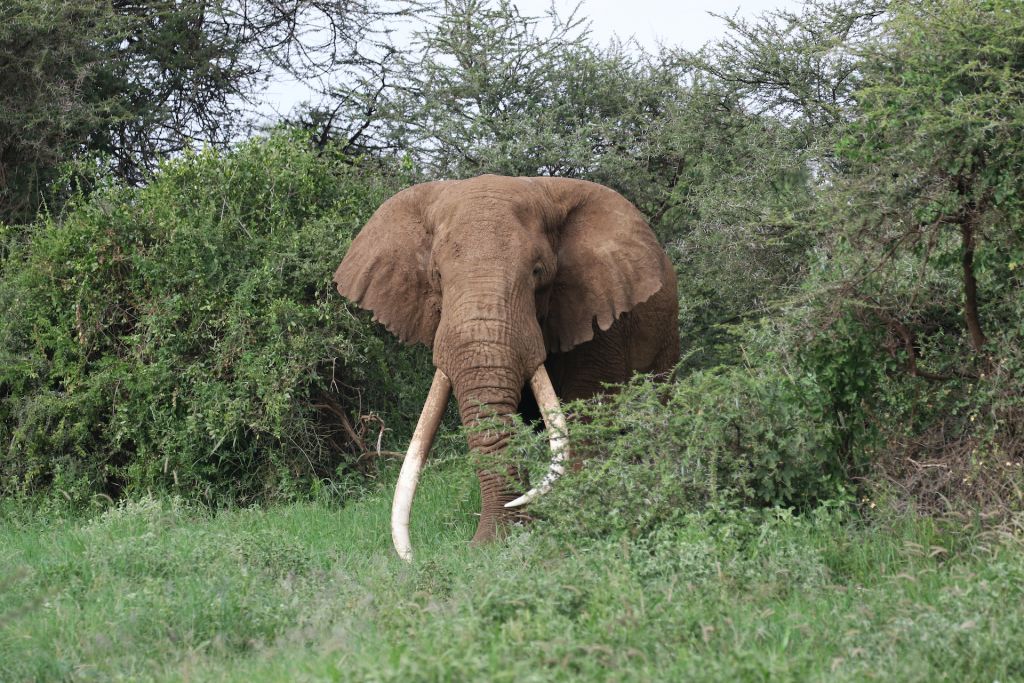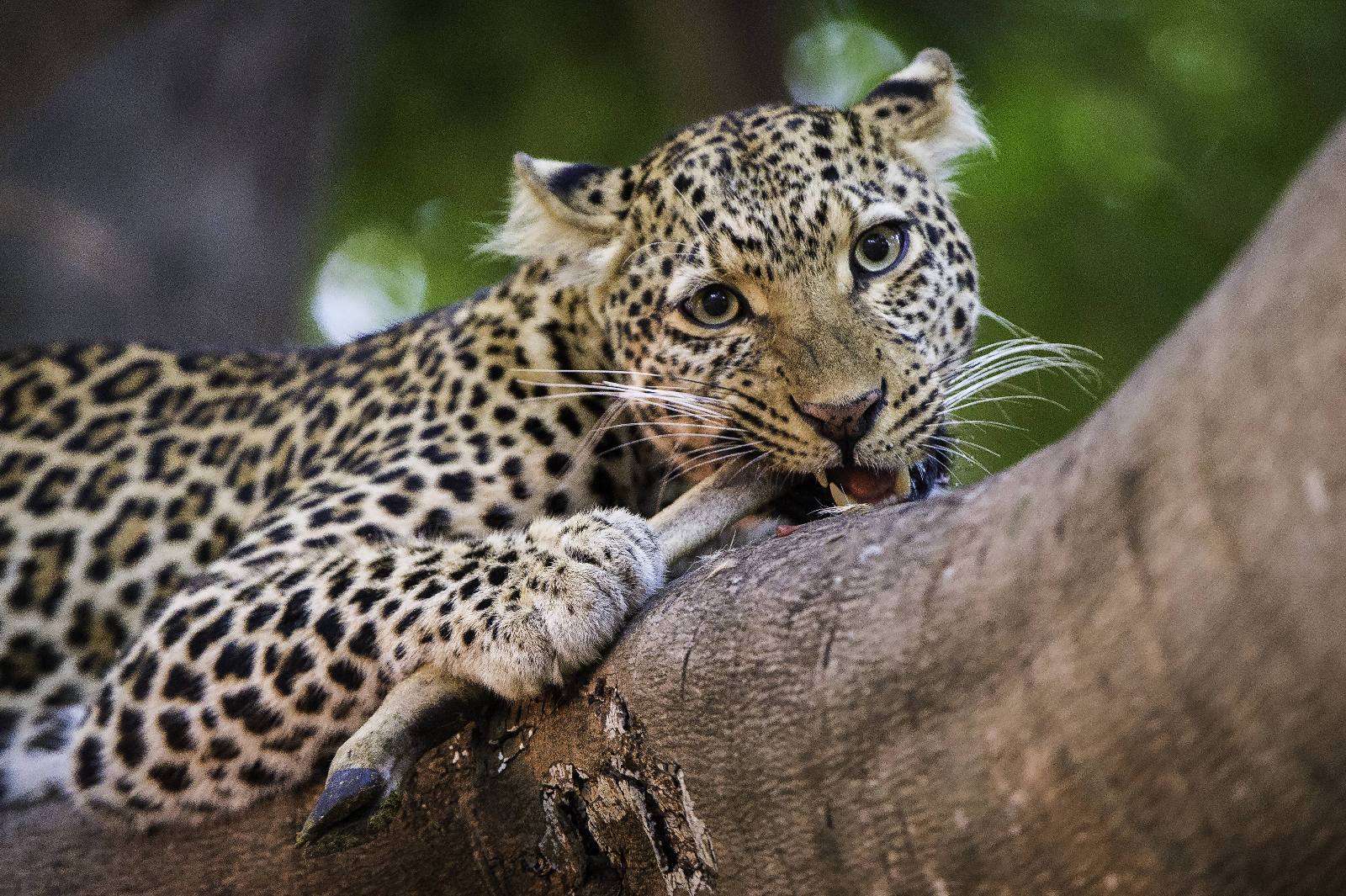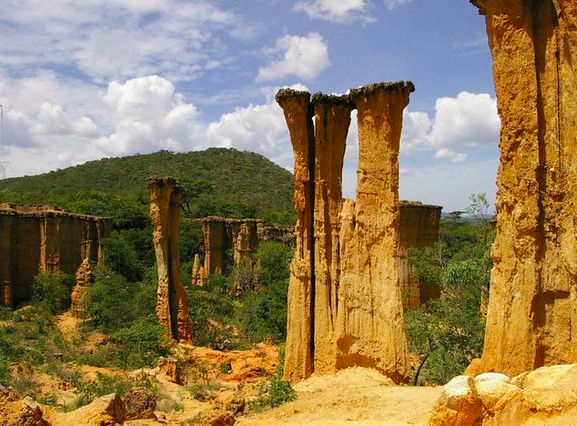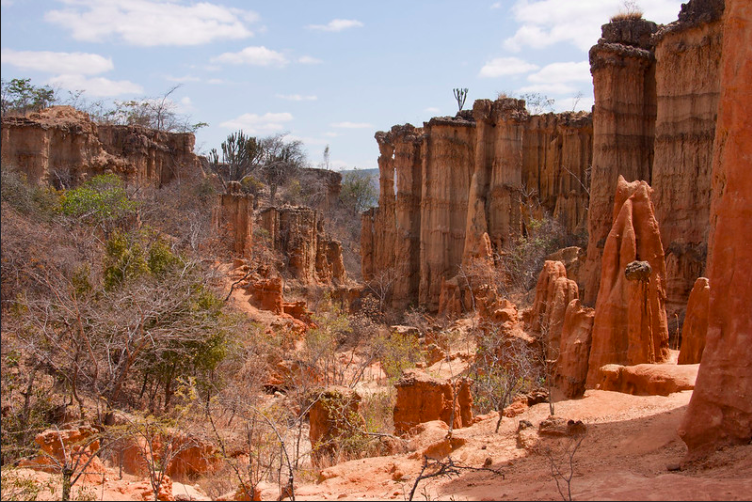Stage 2 from Cape Town to Cairo: From Livingstone to Nairobi
The second leg of our journey that takes us from Cape Town to Cairo will cross four states, one more beautiful than the other and completely different from each other.
We start from Zambia, the state of Victoria Falls, a wild and remote destination that offers incredible photographic safaris in an incredibly unspoiled nature.
Malawi with its incredible Lake Malawi fascinates with its nature, friendly people and incredible snorkeling that is the envy of any ocean destination.
Tanzania is the land of the great savannas that are home to an exceptional concentration of animals, but some tribes still live here who live following their ancient traditions; here are also the iconic volcanoes of Kilimanjaro and Ngorongoro.
Finally Kenya, whose name evokes safaris and Masai warriors, where we will admire the elephants among the largest on the continent and the city of Nairobi with all its many facets.
The highlights of the journey from Livingstone to Nairobi
The second leg of the journey from Cape Town to Cairo will take us through four spectacular countries and we will touch the following destinations:
- Victoria Falls
- South Luangwa National Park in Zambia
- The sparkling Lake Malawi
- Nyika National Park in Malawi
- The archaeological site of Isimila
- Ruaha National Park in Tanzania
- The Hehe people
- Tarangire National Park
- The Ngorongoro Crater and Masai village
- Lake Eyasi: the Hadzabe and Datoga tribes
- Amboseli National Park in Kenya
- The city of Nairobi
Traveling from Livingstone to Nairobi: Victoria Falls
The Victoria Falls are one of the most incredible natural spectacles in the world, a long waterfall front of the Zambezi River plunges into a narrow canyon creating a column of water vapor that rises hundreds of meters so that in the local language the falls are called: the smoke that thunders.
Walking along the paths that run along the waterfalls area is a wonderful experience, the viewpoints give splendid views and it is also possible to fly over the falls by helicopter to get a truly exceptional overview.
For the more adventurous it is possible to practice the zip line, bungee jumping or rafting on the rapids that form in the rocky gorges downstream of the falls.
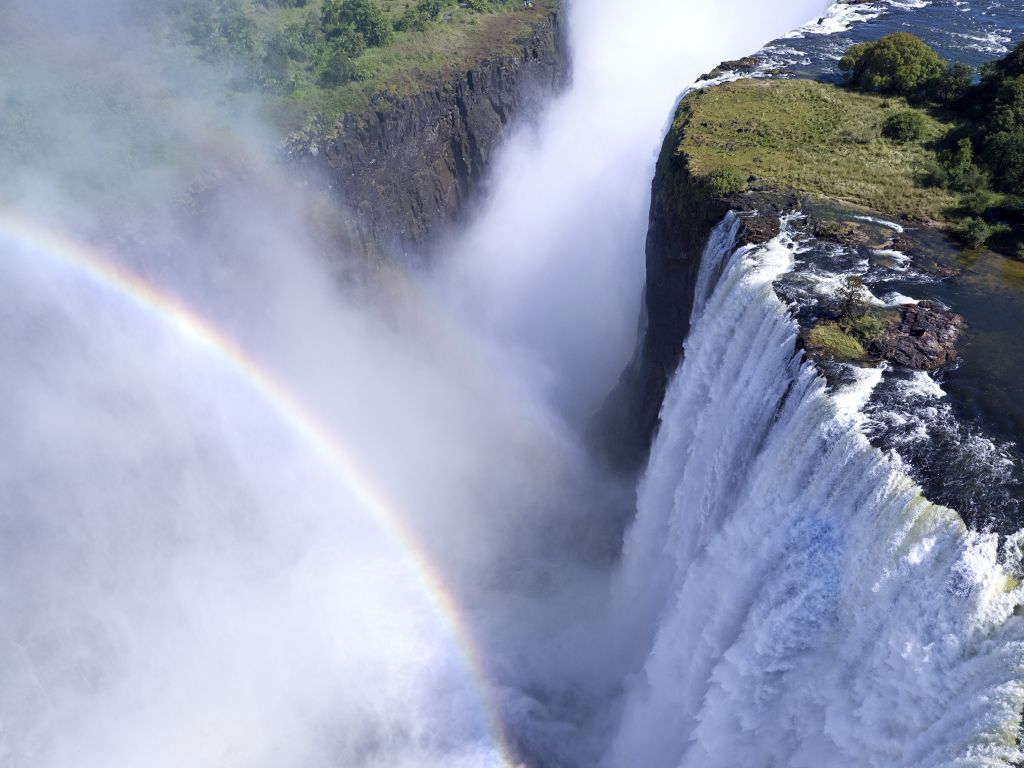
Traveling from Livingstone to Nairobi: South Luangwa National Park in Zambia
The variety of mammals in Zambia is remarkable and there are large concentrations in the main floodplains, particularly in the national parks of the Luangwa and Kafue valleys.
South Luangwa National Park is a great safari destination thanks to the unrivaled variety of wildlife that congregates around the meandering Luagwa River and its many lagoons.
The park covers a vast area of 9,059 square kilometers, with much of the game concentrated along the valley floor on the banks of the river, in particular the park supports one of the highest concentrations of elephants in Africa.
South Luangwa National Park is the birthplace of the walking safari, which is still a popular activity today to observe more than 400 species of birds and 60 species of mammals.
In the park you can see large herds of elephants, which can count up to 70 individuals, predators such as hyenas, lions and leopards, the ever-present hippos and various species of antelope including the puku antelope with its beautiful orange coat.
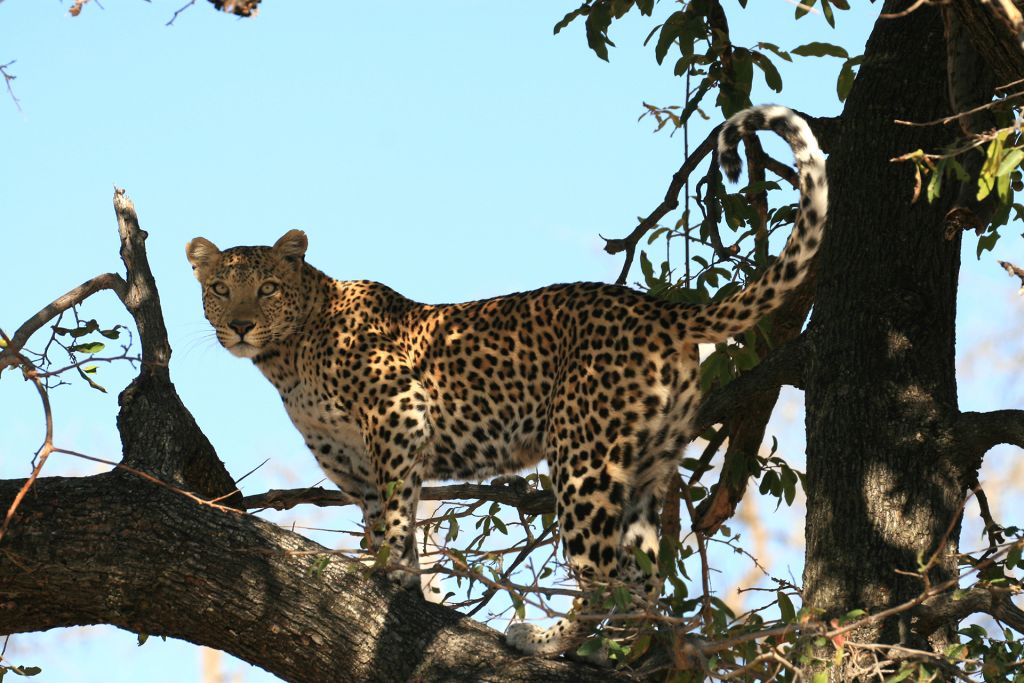
Traveling from Livingstone to Nairobi: Lake Malawi
Located within the western Rift Valley, Lake Malawi is one of the deepest lakes in the world and is of exceptional natural beauty with its islands and clear waters set against the backdrop of the Great African Rift Valley escarpment.
Lake Malawi is important for the conservation of biodiversity thanks to its exceptional diversity of freshwater fish, it is estimated that there are about 1000 species of fish with a high rate of endemism.
With crystal clear waters and a multitude of colorful fish, Lake Malawi is an outstanding destination for water sports such as snorkeling, kayaking, diving and sailing.

Traveling from Livingstone to Nairobi: Nyika National Park
Nyika National Park is the largest national park in Malawi and covers an area of over 3000 square kilometers.
The great Nyika Plateau is located in the north of Malawi and is characterized by a landscape of rolling hills, waterfalls and patches of forest.
The mountainous vegetation of the Nyika plateau attracts a large number of animals, zebras are widespread as well as numerous species of antelope including the eland the largest antelope in Africa, even predators are present in the park in particular leopards that register a high concentration.
Lions and elephants are the two key species that are part of the park’s restocking program while for birdwatching the park is a true paradise with over 400 registered bird species.
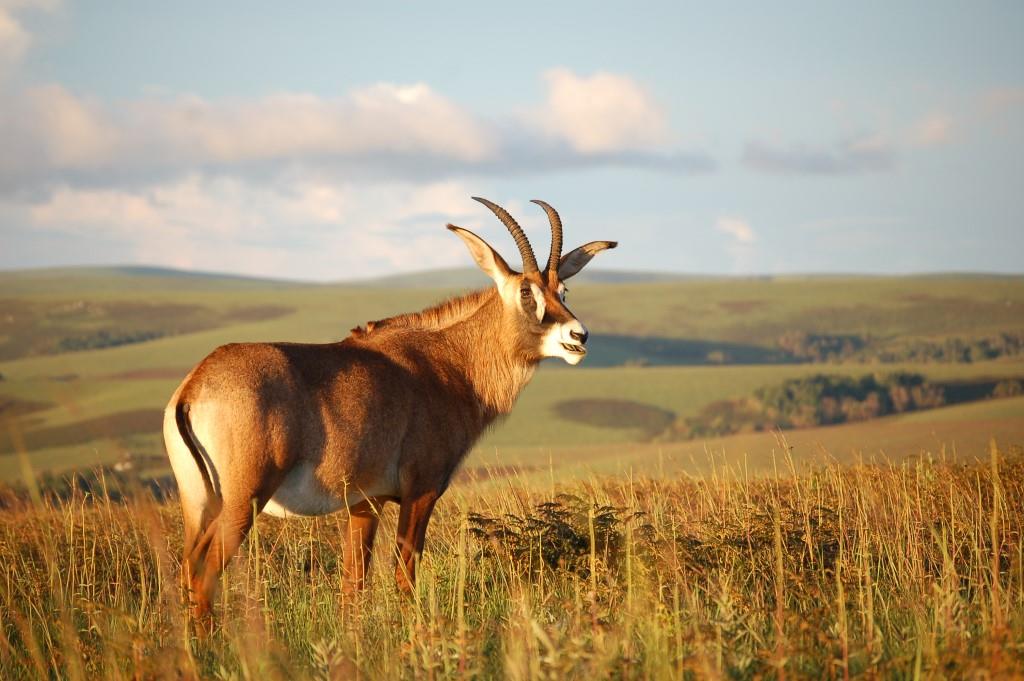
Traveling from Livingstone to Nairobi: Isimila stone age site in Tanzania
Tanzania is famous for its archaeological sites, some of these sites have returned very important fossils that enlighten us on the origin of humanity.
An important stone age site is Isimila, located inside a korongo or an erosion channel a sort of canyon, on the Iringa plateau in Tanzania and has long been recognized as a site of international importance for understand the behavioral complexity of our hominid ancestors.
One of the main reasons for the importance of Isimila is the record of unique artifacts for a site outside the Rift Valley system present in both primary and secondary contexts consisting of thousands of axes, including enigmatic giant axes.
It is also possible to observe the wonderful red stone pillars that were formed as a result of soil erosion.
Traveling from Livingstone to Nairobi: Ruaha National Park a wild paradise
Ruaha National Park is a wild and remote park, located in central Tanzania in a transition area between the biomes of southern Africa and those of eastern Africa.
The wild and relatively unspoiled atmosphere of Ruaha is what distinguishes it from other reserves, the enormous size of the park and the few facilities present make the safari in the park a unique experience.
Safaris in Ruaha National Park are fantastic due to the concentration of predators; the park is home to 10% of the world’s lion population, protects one of the four largest cheetah populations in East Africa and the third largest African wild dog population in the world.
Ruaha National Park covers a very large area of over 20,000 square kilometers and is known for its huge elephant population estimated at over 10,000, the park is also a spectacular for birdwatching with over 500 species recorded.
The Great Ruaha River, from which the park takes its name, is by far the most dominant geographic feature of the national park and, for fauna, it is the most important as the park has a warm and dry climate, which means that animals do not tend to stray too far from reliable water sources; this makes it much easier to predict movements and sightings, especially in the dry season.
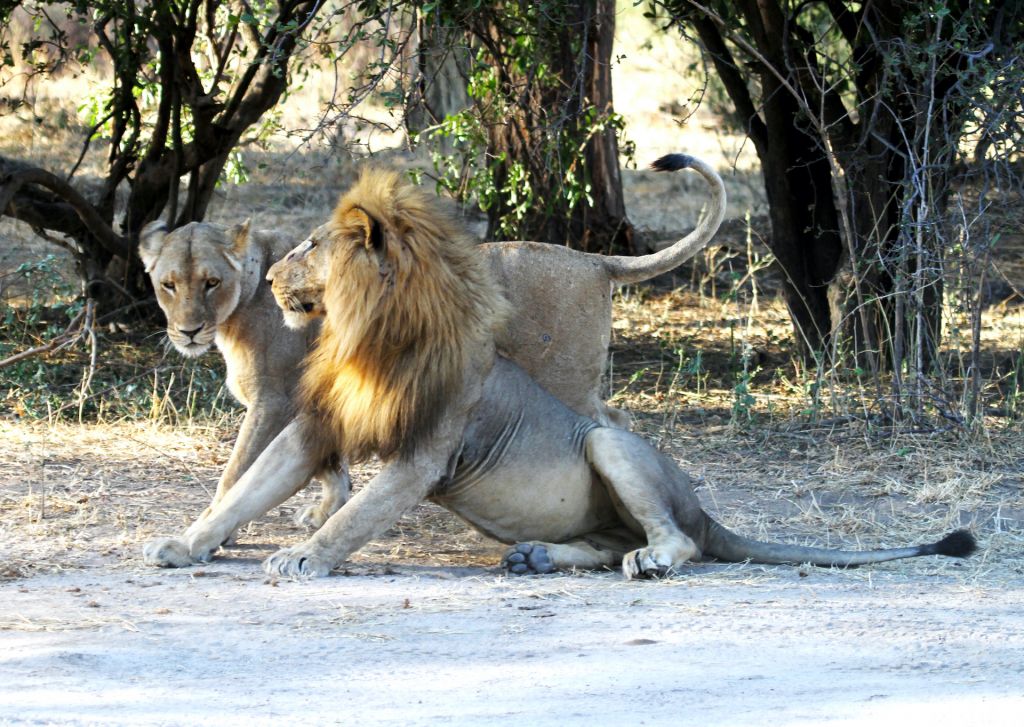
Traveling from Livingstone to Nairobi: the Hehe people in Tanzania
The Hehe people are an ethnolinguistic group of Bantu origin famous for their courage and skill in the art of war, they were in fact the warriors who opposed the German invaders by inflicting numerous defeats and losses and surrendering only after 7 years of long fighting.
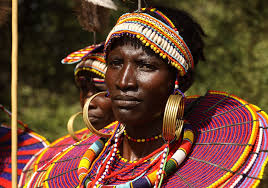
The strength and power of the state resided in his warriors and their spears, which made him not only disciplined and victorious, but also provided unity and identity, allowing all to join in his impressive achievements.
Military organization remained the most important part of a Wahehe man’s life.
Religion centers on ancestor worship but Christianity has had significant influences on the population who now practice a mix of Christian and pagan beliefs.
Traveling from Livingstone to Nairobi: Tarangire NP the park of the giants
Tarangire National Park is one of the parks of the northern safari circuit in Tanzania, it is also known as the park of the giants as the park is home to a large population of elephants and the savannas are dominated by impressive baobabs.
The Tarangire National Park owes its name to the Tarangire River which constitutes its lifeblood and, especially during the dry season, represents a reliable source of water for the animals that concentrate on its banks.
Inside the park there are different areas that are distinguished by the vegetation and consequently by the animals found there: the wooded areas in the western area of the park are perfect for leopards, the open savannah dotted with centuries-old baobabs is the territory For cheetah hunting, the swampy areas in the south of the park are heaven for elephants while the acacia woodlands provide shelter and food for giraffes.
Bird watching is also very interesting both in the dry season and in the green season.
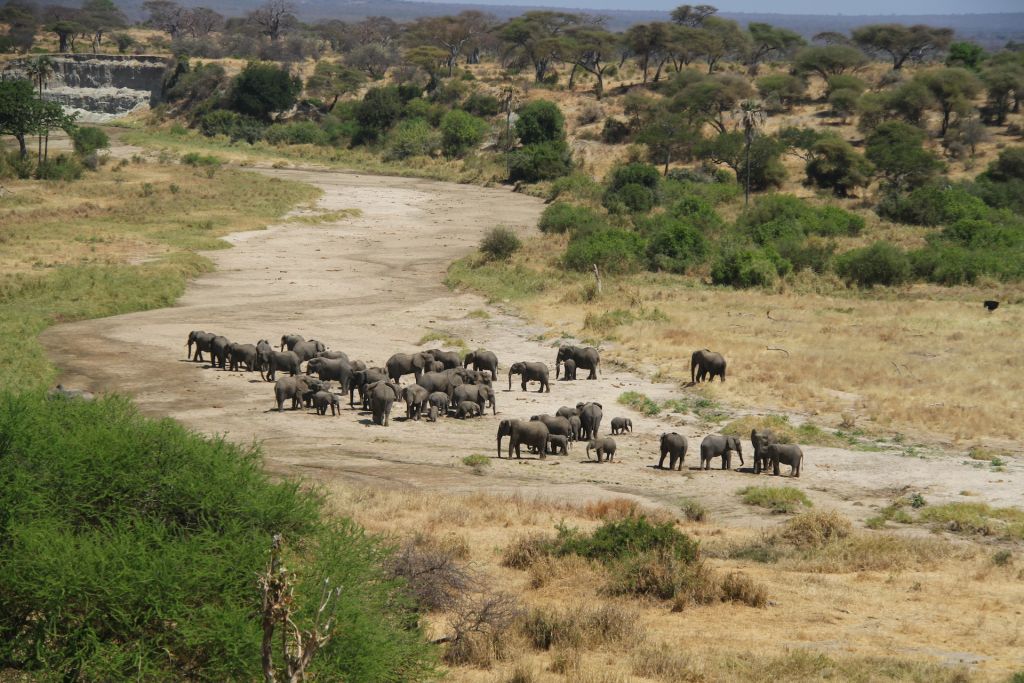
Traveling from Livingstone to Nairobi: the Ngorongoro crater and the Masai warriors
The Ngorongoro crater is a corner of paradise in the heart of Tanzania, the intact ring of an ancient caldera of a huge extinct volcano contains within it what can be called a small Eden on earth; declared a World Heritage Site by UNESCO in 1978, the Ngorongoro Crater has easily earned its legendary reputation as one of Africa’s greatest natural wonders.
At the bottom of the caldera, animals, including the Big 5, live in a micro world where they find everything they need for their survival, a lake and a small river guarantee water throughout the year, open savannahs and some wooded spots. offer shelter or hunting ground for predators.
The dimensions of the crater are not huge and this allows you to explore the entire crater in one day and observe an incredible number of animal species: from caracals, lions, wildebeest, giraffes, buffaloes, rhinos, hippos and ostriches just to name a few.
The Ngorongoro Conservation Area, which contains the Ngorongoro Crater plus other craters and hilly areas, is one of the territories of the Masai, the most famous and iconic tribe.
We will have the opportunity to visit a Masai village and learn about their traditions, rites and construction techniques of their villages.
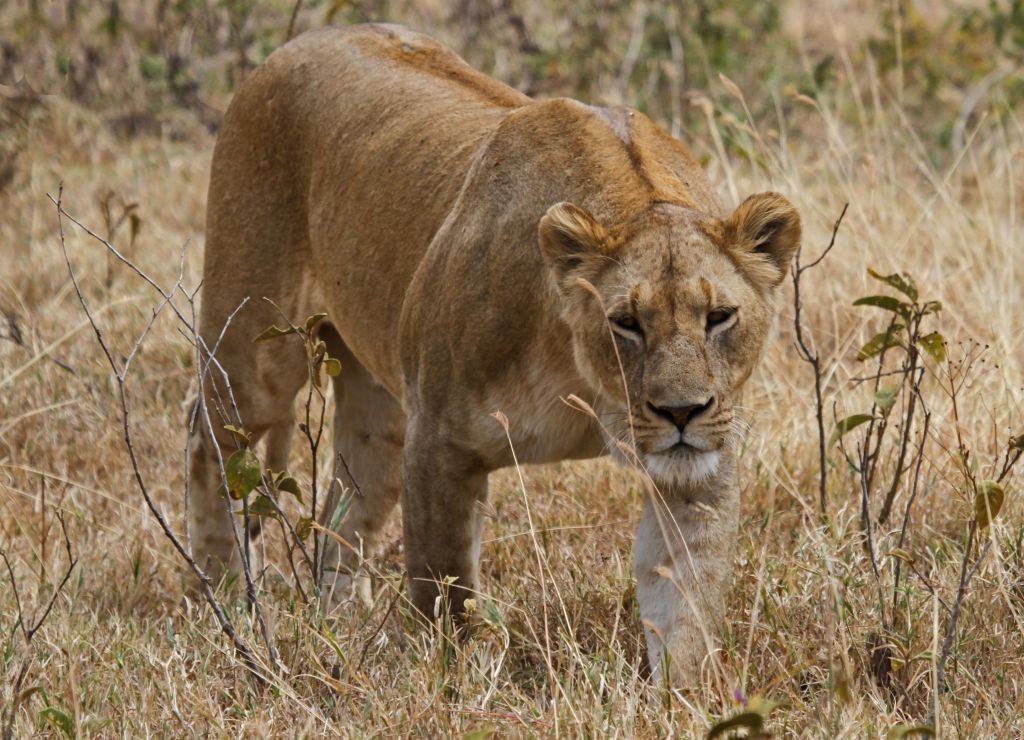
Traveling from Livingstone to Nairobi: Hadzabe and Datoga, the last tribes
Lake Eyasi in northern Tanzania is located at the bottom of the Rift Valley in a remote and undeveloped area where some tribes still live following the traditional way of life.
Two interesting tribes that we will have the opportunity to get to know better are the Datoga and the Hadzabe.
The Datoga are skilled blacksmiths and breeders, they still build their compounds as their ancestors did and the women sport the distinctive tattoo around their eyes; The clothing is also traditional with leather dresses adorned with colored beads.
In the past, the Datoga were considered fierce warriors, today they live on subsistence agriculture and livestock farming that they buy thanks to the iron products they produce and sell to neighboring populations.
The Hadza are a tribe that live a primitive way of life, they do not build villages and have no ceremonies or rituals, they are one of the last hunter-gatherer populations.
At dawn we will be able to participate in a simulated hunt for the baboon which is the favorite dish of the Hadzabe who also derive their clothing from its fur.
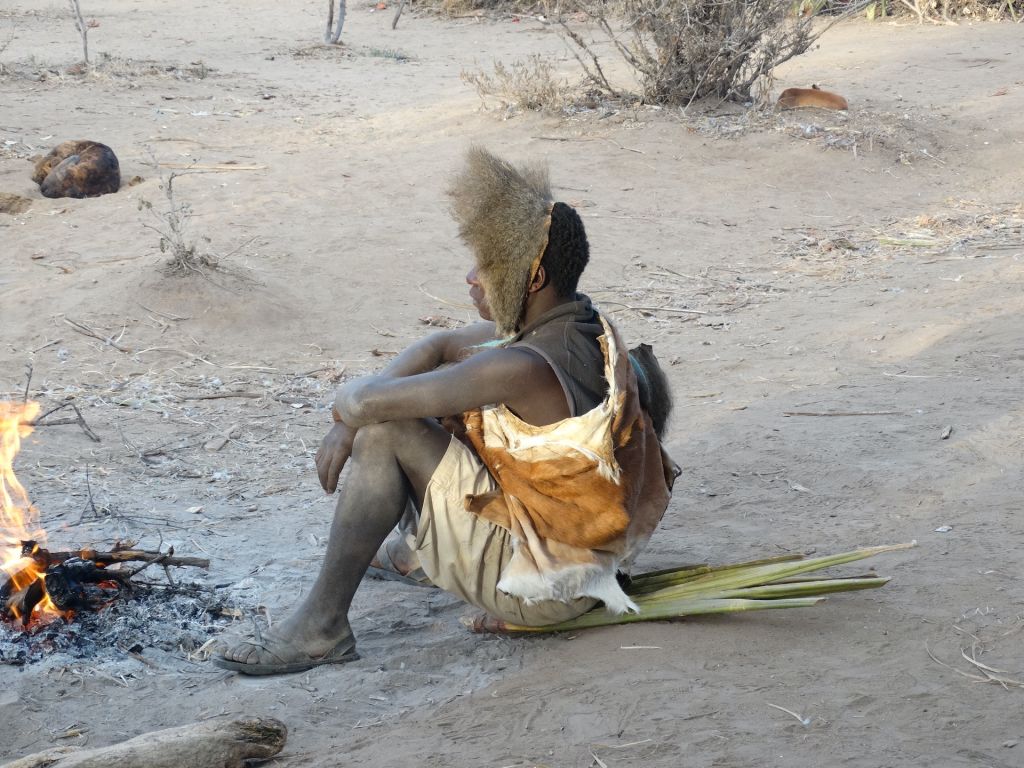
Traveling from Livingstone to Nairobi: Amboseli National Park in Kenya
Amboseli National Park is Kenya’s elephant park par excellence, it is also one of the oldest parks in the country originally part of the “Southern Maasai Reserve” of the colonial era.
The Amboseli became a wildlife sanctuary in the 1940s and was declared a national park in 1974 and today is rightfully considered one of the most beautiful safari regions in Kenya thanks to its iconic wildlife views against the backdrop of majestic Kilimanjaro.
Amboseli National Park is home to some of the continent’s most majestic elephants including some of Kenya’s last Big Tuskers but the park is not only home to magnificent herds of elephants but a large number of other animals that converge to graze, hunt and drink in the swamps and in the permanent lakes of the park.
